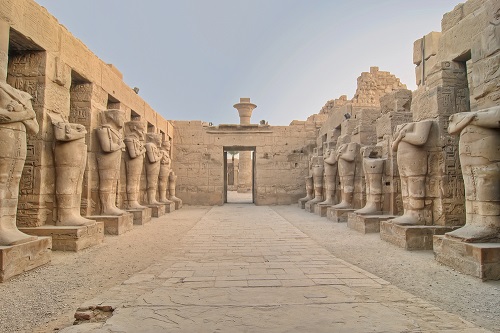If you wish to take out health insurance in Egypt, then realistically you will be restricted to private cover. Although public health insurance is currently available, assuming that you are paying contributions into the national scheme, the Egyptian government is at present overhauling the healthcare and health insurance system. They plan to make it a universal, single payer scheme, which provides more extensive coverage to Egyptian citizens. Expats are not expected to be eligible for it. Read on for information about how best to maximise your cover and make sure it is cost effective.
Personalising your health insurance cover
Currently, you should be able to access public healthcare, as long as you are a resident and are making social security contributions. At present, this consists of around 5% of your monthly income, and a maximum of 7% if family members are included. You will need to pay an extra 1% of your income if you have a child, and if you have more than two children, you will have to pay an additional 1.5% in contributions per month.
You may also wish to check with your employer whether you are covered under a group health insurance package. This is likely to be private, but is worth considering depending on what is covered by the scheme.
Your other option is to pay out of pocket for expenses. This is worthwhile if you have only minor medical issues – an appointment with a private GP does not cost a great deal – but costs can escalate rapidly if you have a chronic condition or need to see a specialist, or if you spend a night or more in an Egyptian hospital.

Selectable options
Check the small print of private health insurance policies to see whether they cover treatments that you may want to access, such as specialist surgical treatment or more advanced dental care.
Remember to check whether your potential policy covers pre-existing conditions, the definitions for which will vary between insurers. Usually the term applies to any conditions that present symptoms or for which you’ve been treated in the last five years. This normally includes any conditions you were diagnosed with over five years ago, but some insurers have different time limits for when the diagnosis must have happened.
You may want to check whether your policy has a ‘hospitalisation’ clause covering you for occasional hospital visits. You may need to discuss this directly with your insurer. You may also wish to check whether there is a medical evacuation clause – it is common for expats residing in Egypt to seek treatment in the more advanced facilities of the UAE, or to return to their home nation for healthcare.
Take a good look at any potential policy for cover relating to healthcare that does not apply to you. Some policies have provision for maternity care, for instance, and if you are not intending to become pregnant (or prefer to rely on the cover provided by the Egyptian maternity system), then you may wish to reduce your policy costs by having such options removed.
Cost sharing
You may also be able to reduce the cost of your premium through ‘cost sharing.’ This means that you and your insurer will share the costs of any treatment. You will pay up to an agreed limit, and your provider will cover the rest. Different insurers will have different ways of arranging cost sharing:
Co-pay
This is where you pay a fixed sum for your treatment and your insurer covers the rest. For instance, if the total cost of your treatment is €85, and your co-pay amount is set at €40, then you will pay €40 and your insurer will pay €45.
Co-insurance
This is where you pay a fixed percentage of the total cost and your insurer covers the rest. For instance, if your coinsurance is set at 20%, you will pay 20% of €85 and your insurer will cover the remaining 80%.
Deductibles
This is where you pay the entire amount allowed for all services provided until the deductible is met. For instance, if your policy has a €1,000 annual deductible, you would pay €85 for each visit to your healthcare clinic and then, once you have had 11 such appointments, your insurance will begin to pay out to the doctor directly.
You may also need to look at whether there is an out-of-pocket maximum that you would be expected to pay after your deductible has been met. Let’s say that your plan above, with a €1000 deductible, also has a co-insurance option of 20% and an out-of-pocket maximum of €1500. In this instance, you would pay €85 for 11 visits to the doctor under your deductible until it is met. You will then pay €17 for each visit as your 20% coinsurance, until you reach the co-insurance ceiling of €500 (€1,500 minus the deductible of €1,000). At that point, you would pay nothing more for the remainder of the plan year.

It is worth doing the maths, especially if you don’t think that you’ll need to make more than a couple of visits to your GP in any one policy period. For example, if you just want dental check-ups with an occasional filling, it might be worth working out whether one or two out-of-pocket costs might be cheaper than full dental cover.
As so many variables have an effect on the cost of international private medical insurance in Egypt, it is very difficult to give an accurate estimate of how much this might cost you, without knowing the full details of what coverage you require. However, as a very rough guide, using a standard profile of a 40-year-old British male with no deductibles, no co-insurance, a middle tier plan/product, all modules included and worldwide coverage excluding the US, a ballpark price of around £4,000/$5,000 might be expected. If you want your coverage to include the US, the premium could increase to almost double this amount.

